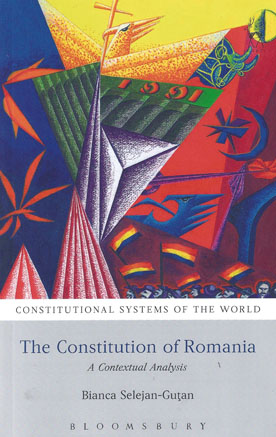
Romania was the last Eastern European communist country to break with the most powerful dictatorship in the region, in December 1989.
It has struggled ever since to overcome the transition to democracy and to become a 'full-time' member of the Western democratic community of states. This book provides a contextual analysis of the Romanian constitutional system, with references to the country’s troubled constitutional history and to the way in which legal transplantation has been used.
The Constitution’s grey areas, as well as the gap between the written constitution and the living one, will be also presented and explained, through the prism of recent events which cast a negative shadow upon the democratic nature of the Romanian constitutional system.
The first chapters present a brief historical overview and an introduction to Romanian constitutional culture, as well as the principles and general features of the 1991 Constitution. The next chapters explain the functioning of the institutions and their interrelations – Parliament, the President, the Government and the courts.
The Constitutional Court has a special place in the book, as well as local government and the protection of fundamental rights. The last chapter refers to the mechanisms and challenges of constitutional change and development.